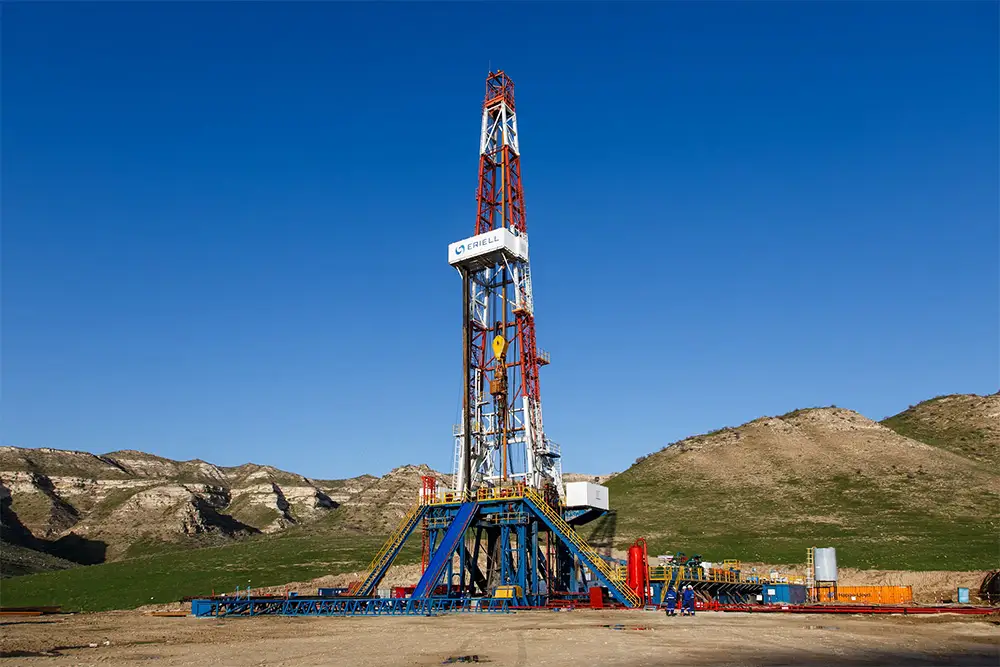Understanding the role of solids in drilling is a vital aspect of ensuring peak efficiency. Their impact can influence an operation’s success, from the suitability of the chosen drilling mud to the functioning of critical equipment.
When it comes to drilling efficiency, one of the most vital elements to consider is the impact of solids. This factor can dramatically influence the seamless functioning of processes in the energy industry.
But what exactly are these solids, and how do they influence the overall drilling efficiency? Let’s dive in and uncover the reality of this often overlooked aspect of drilling.
What Are The Types of Solids in Drilling?
When we talk about ‘solids’, we refer to the tiny particles that are present in drilling fluids – often referred to as ‘drilling mud’. These solids can be categorized into two major categories, depending on their origin:
Larger solids – These are naturally occurring fragments from the rock or strata being drilled.
Fine solids – These are small particles resulting from the breakdown or chemical reaction of the larger solids present in the drilling fluid.
Managing these solids efficiently is a cornerstone of successful drilling operations; thus, understanding their fundamental properties and impact is crucial for those in the energy industry.
Just as ocean waves impact a sailor’s journey, so do solids affect drilling efficiency. Without proper solids control techniques, your drilling progress may suffer. High concentrations of solids in drilling fluid can cause a range of challenges including low drilling rates, equipment failure, and worst-case scenario, hole loss. So, let’s delve deeper into this topic and explore how solids impact drilling efficiency.
The Consequences of High Solid Concentrations in Drilling
One significant issue that arises from high solid concentrations is increased fluid viscosity. An abundance of solid particles thickens the drilling fluid, slowing down the rate at which the drilling pipe can penetrate the layers of the earth. The drilling operation loses its efficiency and in turn, increasing the project’s timeline and costs.
Untreated Solids and Equipment Wear
Improperly treated solids can also lead to equipment wear and tear. High solid content can abrade the surface of drilling tools, potentially accelerating equipment failure. This may lead to unplanned downtime for maintenance and repairs, which prolongs drilling operations, thus affecting the project’s bottom line.
Solids and Hole Instability
Another severe consequence of an excessive amount of solids in drilling fluids is the threat of hole instability. Solid particles can invade the formation around the drilling hole and weaken its structural stability, leading to wall collapse and irreversible hole loss.
Solving the Solids Problem: The Solids Control System
So, how can we solve this? The solution lies within the setup of an effective solids control system. Smooth sailing can be ensured by implementing robust strategies to manage solids, incorporating drilling fluid treatments, and using high-quality equipment.
Partner with Diamond T Services for Solids Control
Diamond T Services is your dependable partner in facing any operational challenges within the oilfield and construction industry. Our goal is to help you navigate through the complexities of solids control to ensure efficient drilling operations.


